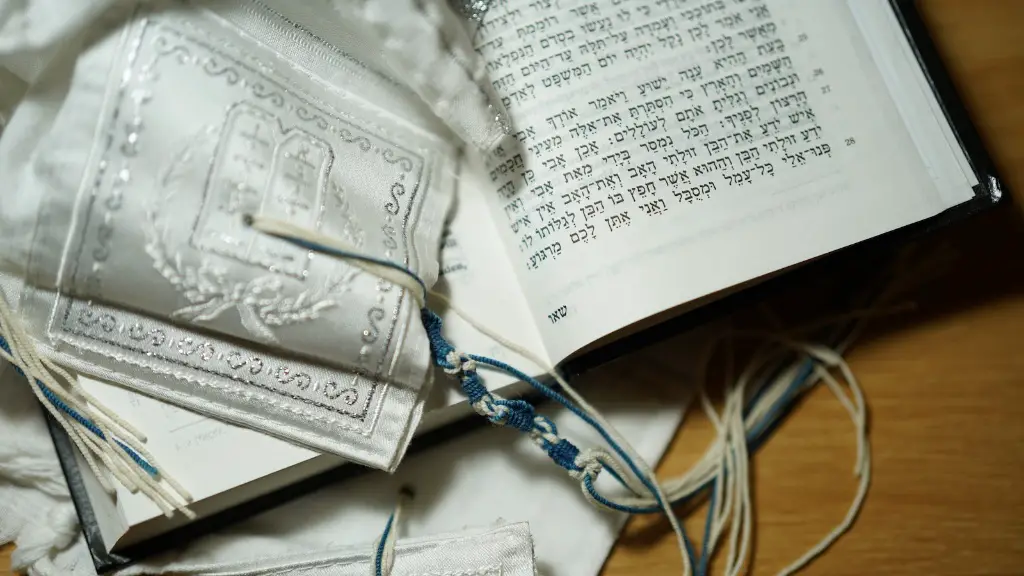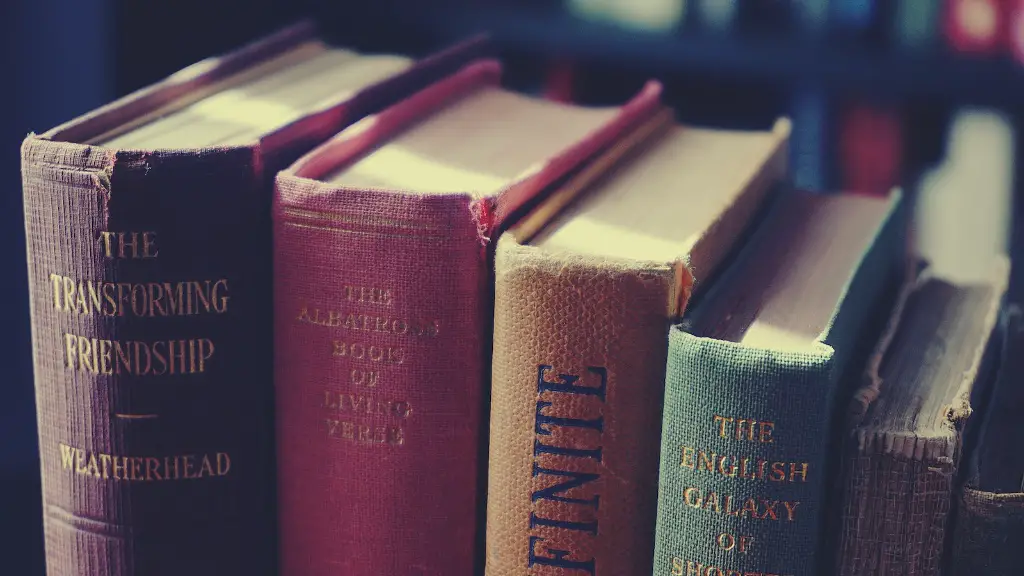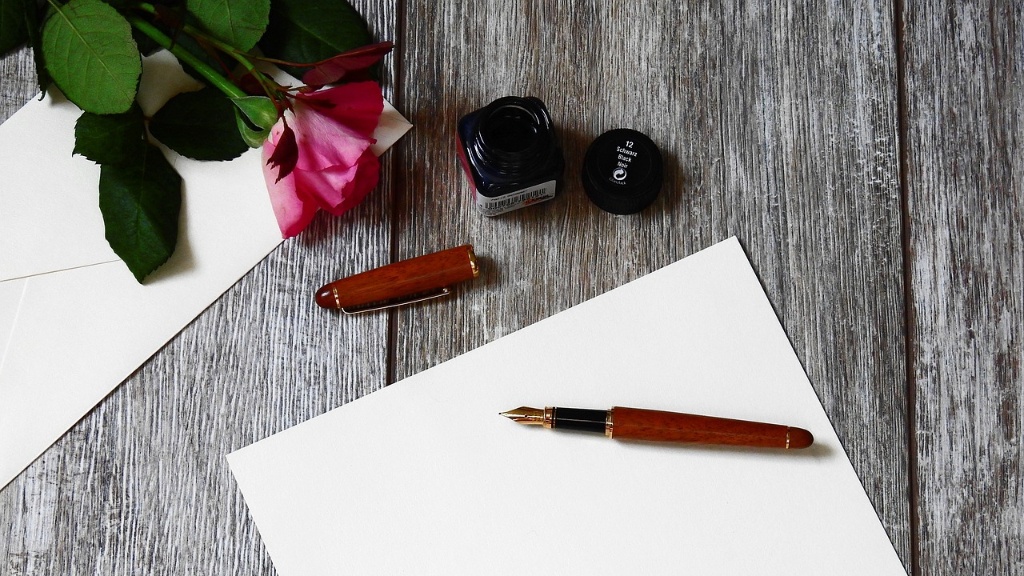What is rhyme and meter in poetry?
Rhyme and meter are an essential part of any poem, and poets have always used them to shape their own creative voice. That is why it is important to understand what these two elements are and how they work. Rhyme is words that sound alike when spoken, and meter measures the rhythm that the poem follows.
Rhyme Scheme and Popular Rhyming Schemes
Rhyme scheme is an important part of creating a successful poem. It is defined as the pattern of rhyming words in a poem. While each rhyming scheme is unique, there are some popular ones which are used by many poets. The most common schemes of rhyming are AABB and ABAB. AABB is a basic pattern, with two lines in each stanza rhyming with each other; an example of this would be “The sun is up and the sky is blue, I hope the day will be all new.” The ABAB pattern requires each line to be in the same rhyme pattern; for example, “The sea is dark, the shore is pale, I’m feeling sad and a little frail.”
What Is Meter In Poetry?
Meter is the rhythm of a poem, and it is defined as the arrangement of stressed and unstressed syllables in the poem. The most common types of meter in English poetry are iambic tetrameter and pentameter. In iambic tetrameter, there are four iambs (units of two syllables with the emphasis on the second syllable) per line, and in iambic pentameter, there are five. Each of these patterns follows a predictable rhythm and has a specific “sound,” much like a metronome keeps time for musicians.
Understanding Iambs and Syllables
Iambs and syllables are the basic building blocks of meter in poetry. An iamb is a unit of two syllables which follows the pattern of an unstressed syllable followed by a stressed syllable, such as “away” or “upon.” A syllable is simply a unit of sound, either a string of consonants or a combination of a vowel and a consonant. The number of syllables in a word or phrase is determined by how many single consonants and vowels are contained within it.
The Benefits of Metrical Poetry
The structure of metrical poetry provides poets with a framework which allows them to explore their creativity while still maintaining a strong sense of the poem’s structure. The rhythm of the meter gives the poem a sense of unity and flow, making it easier to read and understand. The use of meter also helps to guide the reader along in the poem and make sure that the poem does not feel too rushed or too slow.
Rhyme and Meter in Popular Poetry
Rhyme and meter can be found in all forms of poetry, from classical to modern. From William Shakespeare’s sonnets to T.S. Elliot’s “The Waste Land,” these two devices have been used to create captivating works of poetry. Even in popular songs, rhyme and meter can be used to create an engaging and memorable experience for the listeners.
The Power of Rhyme and Metre
When used correctly, rhyme and meter in poetry can be incredibly powerful. Not only do they create a sense of unity and structure, they also make the poem more lyrical, evoking strong emotions in the reader. Through the use of these two devices, poets can create an atmosphere of beauty and emotion, painting an image of the world around them with words.
Rhyme and Metre in Improv Poetry
Rhyme and meter can also be used in improvisational poetry, where poets freestyle a poem without any prior preparation. This type of poetry allows the poet to experiment with different rhyme and meter schemes, and can also provide a unique way for the poet to express themselves.
How Can I Learn More about Rhyme and Meter?
The best way to learn more about rhyme and meter in poetry is to read as much poetry as you can and observe the different styles and patterns used by poets. Additionally, there are various websites and books which provide more in-depth explanations of these devices. Understanding the basics of rhyme and meter will help you to become a better poet and improve your ability to craft powerful and moving works of poetry.


